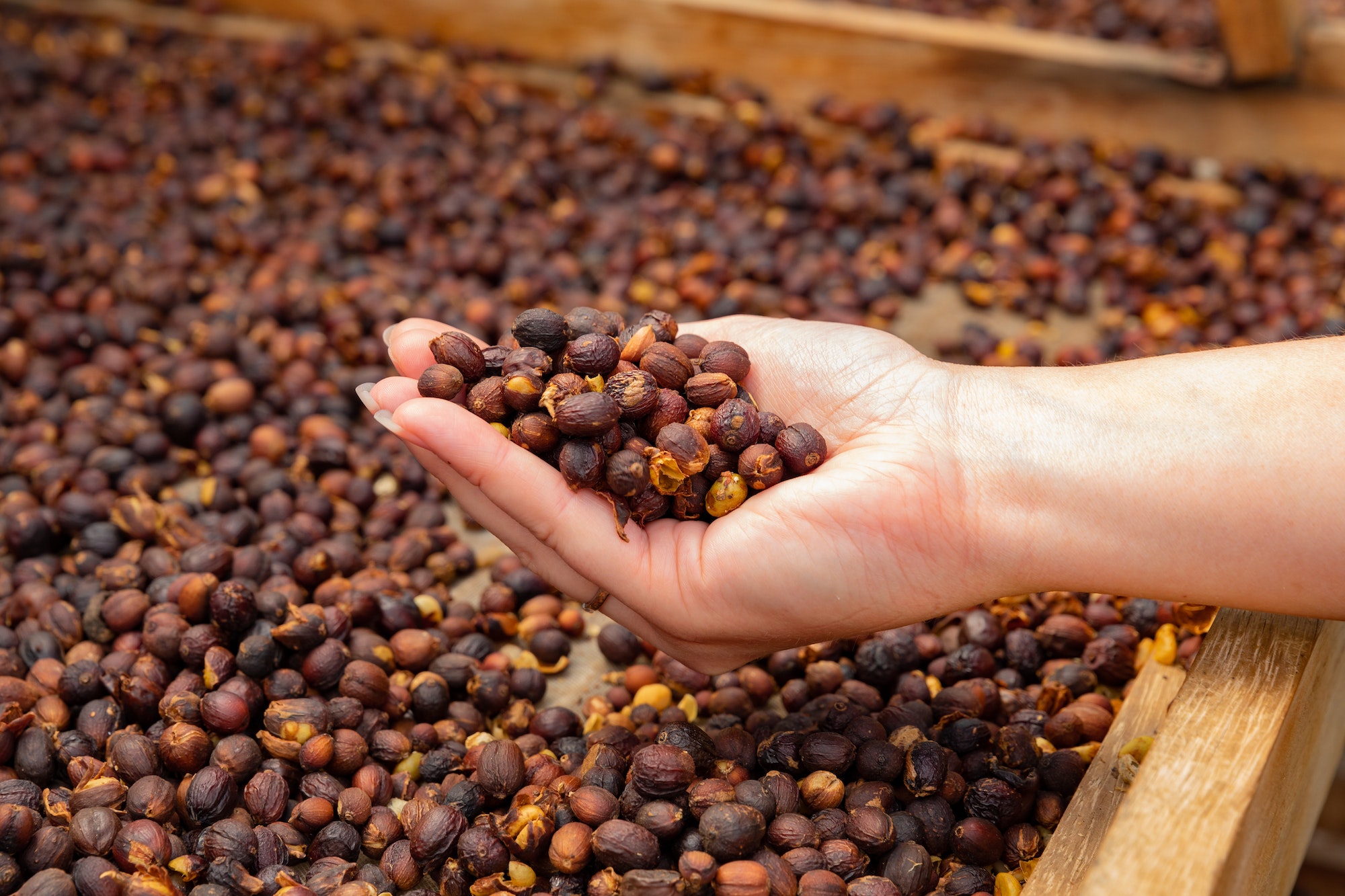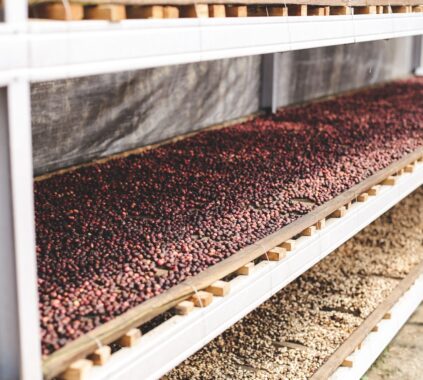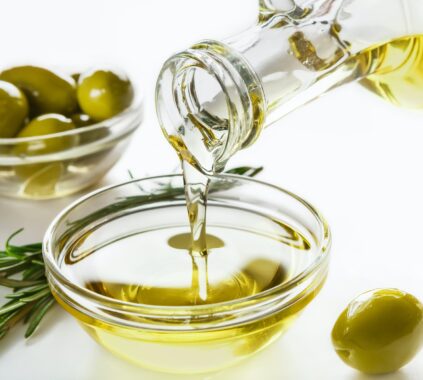Table of Contents

Aged Coffee?
Aged coffee is a unique and intriguing method of coffee production that involves deliberately aging green coffee beans before roasting. This process imparts distinct flavors and characteristics to the beans, resulting in a complex and distinctive cup of coffee. In this article, we’ll delve into the history of aged coffee, its aging process, and tips for brewing and enjoying this rare and fascinating coffee variety.
Check out our page that is all about coffee beans!
History of Aged Coffee
Origins and Early History
The history of aged coffee can be traced back to the 17th and 18th centuries when green coffee beans were transported in wooden sailing ships. The long journey from coffee-producing countries to Europe and the Americas exposed the beans to various environmental factors, such as humidity and temperature fluctuations, which caused them to age naturally. During this time, coffee enthusiasts began to appreciate the unique flavors and characteristics that aged beans brought to their brews, and the concept of intentionally aging coffee was born.
Modern Revival
As transportation methods improved and the journey time for green coffee beans shortened, the aging process became less prominent. However, in recent years, there has been a resurgence of interest in aged coffee as specialty coffee enthusiasts search for unique and exciting flavor profiles. Today, aged coffee is considered a niche market, with coffee producers experimenting with various aging techniques to create distinct and sought-after beans.
Try this great USA
The Aged Coffee Process
Selection and Preparation of Green Beans
The aging process begins with the careful selection of high-quality green coffee beans. These beans are typically chosen for their density and size, as these characteristics help ensure that they can withstand the aging process without deteriorating.
Aging Conditions
Green coffee beans are aged in carefully controlled environments, such as warehouses or specially designed facilities. Factors like temperature, humidity, and air circulation are meticulously monitored and adjusted to create ideal aging conditions. The length of the aging process can vary from several months to several years, depending on the desired flavor profile. Throughout this time, the beans are regularly inspected and rotated to ensure even aging.
Roasting and Brewing Aged Coffee
Once the aging process is complete, the beans are roasted and prepared for brewing. The roasting process for aged coffee is typically lighter than for non-aged beans, as this helps to preserve the unique flavors that have developed during aging. When brewing aged coffee, it’s essential to use a brewing method that accentuates the bean’s complex flavors, such as pour-over or French press.
Check out our post on Roasting Coffee!
Conclusion
Aged coffee offers a fascinating and delicious glimpse into the history of coffee transportation and the evolution of taste preferences. With its unique flavor profile and intriguing aging process, aged coffee provides a distinctive and memorable coffee experience for those willing to explore this rare and captivating variety.

FAQs
What flavors can I expect from aged coffee?
Aged coffee typically exhibits complex flavors, such as earthy, woody, or spicy notes. The specific flavor profile depends on the type of bean, aging conditions, and length of the aging process.
Is aged coffee more expensive than regular coffee?
Due to the careful selection of beans, controlled aging conditions, and the length of the aging process, aged coffee is generally more expensive than regular coffee.
How should I store aged coffee beans?
Aged coffee beans should be stored in a cool, dry place, away from direct sunlight and strong odors. An airtight container is ideal for preserving the unique flavors of aged coffee.
What is the difference between aged coffee and regular coffee?
Aged coffee is produced by intentionally aging green coffee beans for an extended period under controlled conditions, while regular coffee is produced without this aging process. The aging process imparts distinct and complex flavors to the coffee beans that are not present in regular coffee.
How can I try aged coffee?
Aged coffee can be found in specialty coffee shops or through online retailers that specialize in rare or unique coffee varieties. Keep in mind that aged coffee is a niche market, so it may not be as widely available as other types of coffee. When purchasing aged coffee, ensure that the beans are from a reputable source that can provide information on the aging process and conditions. Aged coffee offers a truly unique and memorable coffee experience for those who appreciate the subtle nuances and complex flavors that can be found in specialty coffee. By understanding the history and process behind aged coffee, you can fully appreciate the journey these beans have taken, from the carefully controlled aging environment to your cup. So, the next time you’re looking for an extraordinary coffee adventure, consider giving aged coffee a try.
Daily Demitasse is a participant in the Amazon Services LLC Associates Program, an affiliate advertising program designed to provide a means for sites to earn advertising fees by advertising and linking to Amazon.com. We also participate in other affiliate programs which compensate us for referring traffic.














